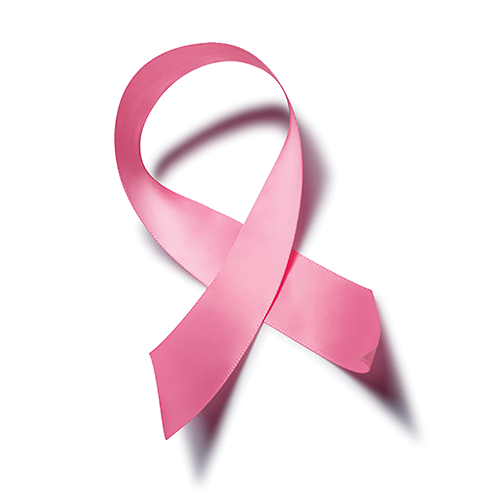New Breast Cancer Screening Guidelines

In light of newly released guidelines for breast cancer screenings, Dr. Benjamin Gatewood provides some insight and education to better understand these new guidelines. Dr. Gatewood is a Medical Oncologist and Hematologist for Singing River Health System’s Cancer Center.
Recently, new recommendations for breast cancer screening were released by the U.S. Preventive Services Task Force (USPSTF) that have caused some confusion for patients as to when they should begin undergoing routine screening mammography. These recommendations by the USPSTF state that women with average risk for breast cancer begin screening mammography at age 50 and receive a mammogram every two years. Other groups, however, have released different recommendations. As an example, the American Cancer Society recommends yearly mammograms for average risk women beginning at age 45 and that at age 55 it is okay to spread them out every two years. The American College of Obstetricians and Gynecologists (ACOG) recommends starting at age 40 and continuing annually thereafter.
So which is right for you? That depends on the patient and should be discussed with their doctor. For women who have a higher risk of breast cancer (BRCA mutations, family history of breast cancer, radiation exposure as a child, etc.), these recommendations do NOT apply. Their screening must be individualized by working with their health care provider. These recommendations also do not apply should a lump be found on self-breast examination or on a physical examination by their health care provider.
For women with an average risk of breast cancer, the patient must weigh the pros and cons of early screening. For some women, a false positive result (test is suspicious for disease when no disease actually exists) can lead to unnecessary stress, biopsies and other invasive procedures. However, there are women who are diagnosed with breast cancer between the ages of 40 and 45 from routine screening mammograms, even when no lump could be felt on examination.
In summary, every woman should consider when they feel they should start screening mammography. They should discuss this with their health care provider to establish a plan as to when they should start screening and if every one or two years is right for them. One thing that is known, screening mammograms save lives. So once a plan is established the patient should adhere to that plan and bring any concerns to the doctor quickly.